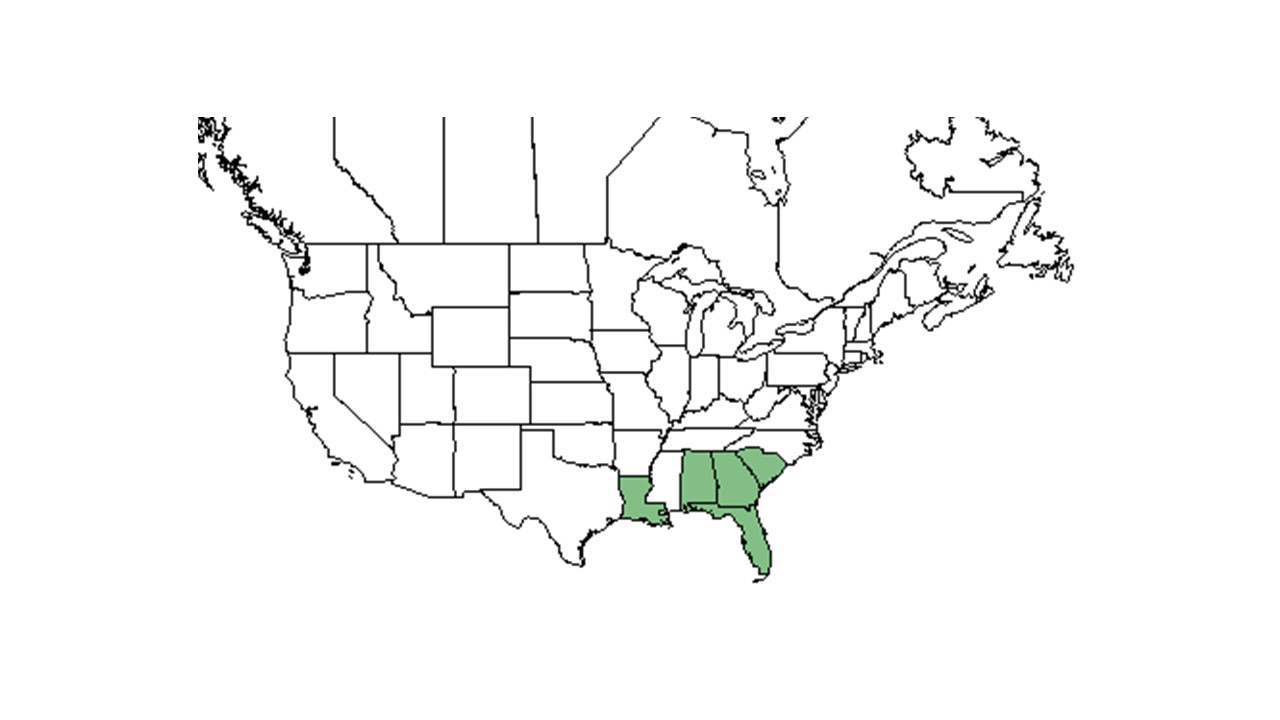Difference between revisions of "Dyschoriste oblongifolia"
Krobertson (talk | contribs) |
Krobertson (talk | contribs) |
||
| Line 1: | Line 1: | ||
{{italic title}} | {{italic title}} | ||
| − | + | <!-- Get the taxonomy information from the NRCS Plants database --> | |
| − | ==Description== | + | {{taxobox |
| − | + | | name = Geunus species | |
| + | | image = Dyschoriste_oblongifolia_01.JPG | ||
| + | | image_caption = ''Dyschoriste oblongifolia'' | ||
| + | | regnum = Plantae | ||
| + | | divisio = Magnoliophyta - Flowering plants | ||
| + | | classis = Magnoliopsida - Dicotyledons | ||
| + | | ordo = Scrophulariales | ||
| + | | familia = Acanthaceae | ||
| + | | genus = ''Quercus'' | ||
| + | | species = '''''D. oblongifolia''''' | ||
| + | | binomial = ''Dyschoriste oblongifolia'' | ||
| + | | binomial_authority = (Michx.) Kunz | ||
| + | | range_map = DYSC_OBLO_dist.jpg | ||
| + | | range_map_caption = Natural range of ''Dyschoriste oblongifolia''. Image from USDA NRCS [http://www.plants.usda.gov Plants Database]. | ||
| + | }} | ||
| + | ==Description== | ||
| + | <!-- Basic life history facts such as annual/perrenial, monoecious/dioecious, root morphology, seed type, etc. --> | ||
See [http://plants.usda.gov/core/profile?symbol=DYOB NRCS Plants Database] | See [http://plants.usda.gov/core/profile?symbol=DYOB NRCS Plants Database] | ||
| + | ==Distribution== | ||
| + | The Florida distribution is provided by the [http://florida.plantatlas.usf.edu/Plant.aspx?id=2603 Atlas of Florida Vascular Plants]. | ||
==Ecology== | ==Ecology== | ||
| − | ===Habitat=== | + | ===Habitat=== <!--Natural communities, human disturbed habitats, topography, hydrology, soils, light, fire regime requirements for removal of competition, etc.--> |
| − | ''D. oblongifolia'' appears to be restricted to soils with a sandy A horizon, whether in Entisols (sandhills) or Ultisols (clayhills)<ref name = "Robertson | + | ''D. oblongifolia'' appears to be restricted to soils with a sandy A horizon, whether in Entisols (sandhills) or Ultisols (clayhills) ([[KMR]],<ref name="Ostertag and Robertson 2007">Ostertag, T.E. and K.M. Robertson. 2007. A comparison of native versus old-field vegetation in upland pinelands managed with frequest fire, South Georgia, USA. Tall Timbers Fire Ecology Conference Proceedings 23:109-120.</ref>). |
| − | ===Phenology=== | + | ===Phenology=== <!--Timing off flowering, fruiting, seed dispersal, and environmental triggers. Cite PanFlora website if appropriate: http://www.gilnelson.com/PanFlora/ --> |
| − | <!--Timing | + | ''D. oblongifolia'' germinates and flowers within a few weeks following fire at a wide range of burn dates, at least from March to July ([[KMR]]). |
| − | ''D. oblongifolia'' germinates and flowers within a few weeks following fire at a wide range of burn dates, at least from March to July. < | + | ===Seed dispersal=== |
| + | ===Seed bank and germination=== | ||
| + | ===Fire ecology=== <!--Fire tolerance, fire dependence, adaptive fire responses--> | ||
| + | ===Pollination=== | ||
| + | ===Use by animals=== <!--Herbivory, granivory, insect hosting, etc.--> | ||
| + | ===Diseases and parasites=== | ||
| + | ==Conservation and Management== | ||
| + | ==Cultivation and restoration== | ||
| + | ==Footnotes== | ||
==References== | ==References== | ||
Revision as of 16:47, 29 April 2015
| Geunus species | |
|---|---|

| |
| Dyschoriste oblongifolia | |
| Scientific classification | |
| Kingdom: | Plantae |
| Division: | Magnoliophyta - Flowering plants |
| Class: | Magnoliopsida - Dicotyledons |
| Order: | Scrophulariales |
| Family: | Acanthaceae |
| Genus: | Quercus |
| Species: | D. oblongifolia |
| Binomial name | |
| Dyschoriste oblongifolia (Michx.) Kunz | |

| |
| Natural range of Dyschoriste oblongifolia. Image from USDA NRCS Plants Database. | |
Contents
Description
Distribution
The Florida distribution is provided by the Atlas of Florida Vascular Plants.
Ecology
Habitat
D. oblongifolia appears to be restricted to soils with a sandy A horizon, whether in Entisols (sandhills) or Ultisols (clayhills) (KMR,[1]).
Phenology
D. oblongifolia germinates and flowers within a few weeks following fire at a wide range of burn dates, at least from March to July (KMR).
Seed dispersal
Seed bank and germination
Fire ecology
Pollination
Use by animals
Diseases and parasites
Conservation and Management
Cultivation and restoration
Footnotes
References
- ↑ Ostertag, T.E. and K.M. Robertson. 2007. A comparison of native versus old-field vegetation in upland pinelands managed with frequest fire, South Georgia, USA. Tall Timbers Fire Ecology Conference Proceedings 23:109-120.